Japan is reported to have a moderate rate of poverty and homelessness in comparison to other developed countries. Since the 1990s these problems have increased in Japan, peaking in 2003 with the highest recorded number of homeless people counted, and have steadily declined each year until 2020.
In the following sections, I will cover the causes, rates, and social groups most affected by the problem of poverty and homelessness across Japan.
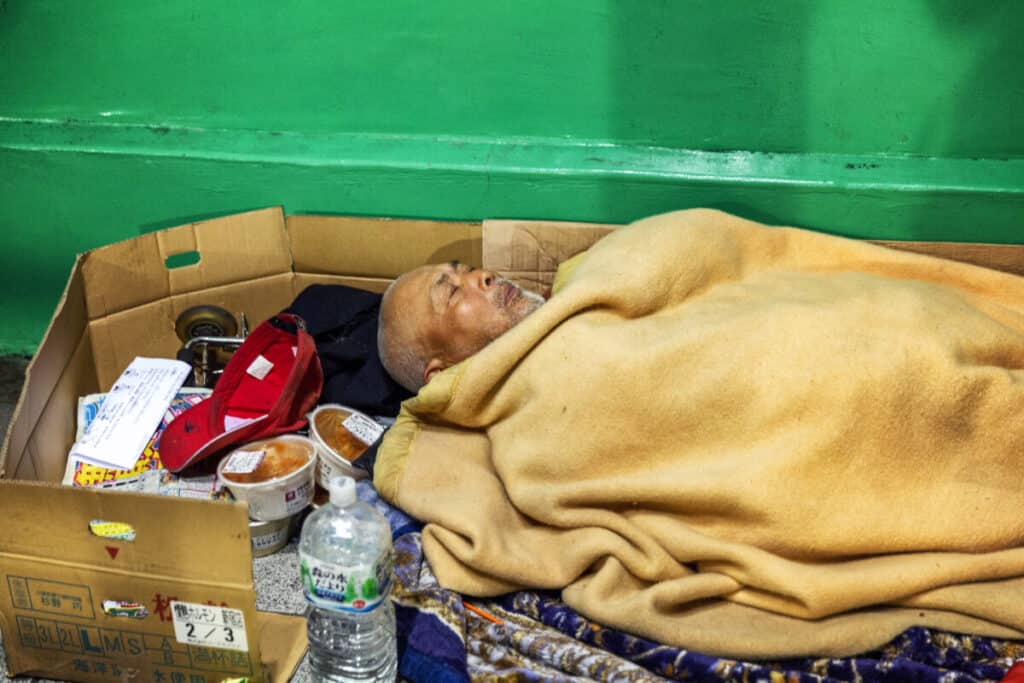
Does Japan Have A High Rate of Poverty and Homelessness?
Studies have concluded that Japan has both a higher than average rate of poverty and homelessness in comparison to other developed countries, with homelessness rates primarily affecting men and poverty rates mostly impacting women and children.
Rates of homelessness and poverty increased in Japan during the 1990s, peaking in 2003 with the highest recorded number of homeless people counted, and steadily declining each year.
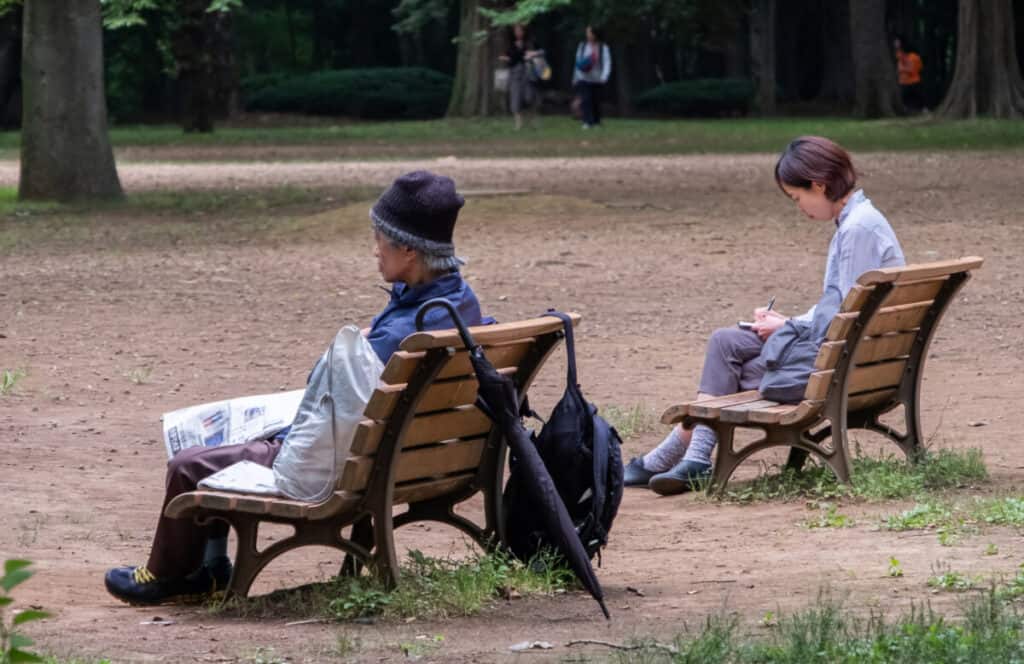
How Many People in Japan Are Homeless?
The highest number of homeless people in Japan was recorded in 2003 by the Ministry of Health, Labor and Welfare (MHLW) – 25,269 homeless people were counted that year.
Since this peak, the number of homeless people counted in Japan has decreased each year, and in 2020 the recorded number of homeless people in Japan was 3,992, a reduction of 12.4% from the previous year.
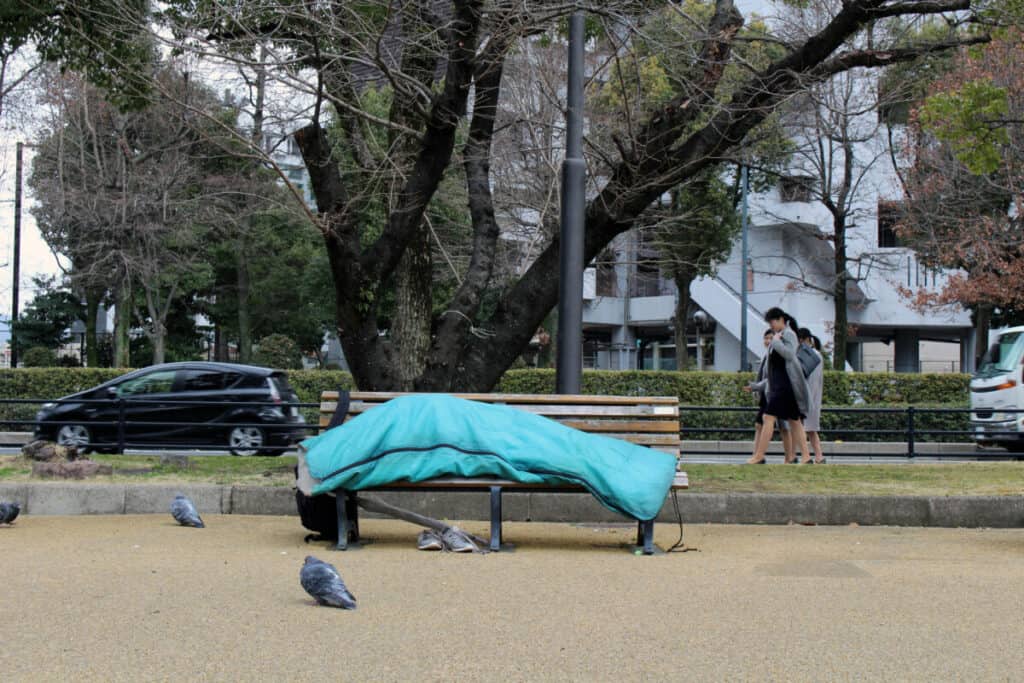
How Many People in Japan Live in Poverty?
In 2009 Japan’s Labour Ministry released a report which stated that almost one in six Japanese people lived in poverty, equating to around 22 million people.
Furthermore, in 2013 the Japanese government stated that the poverty rate was around 16% of the population, defined as those living on less than half the national median income.
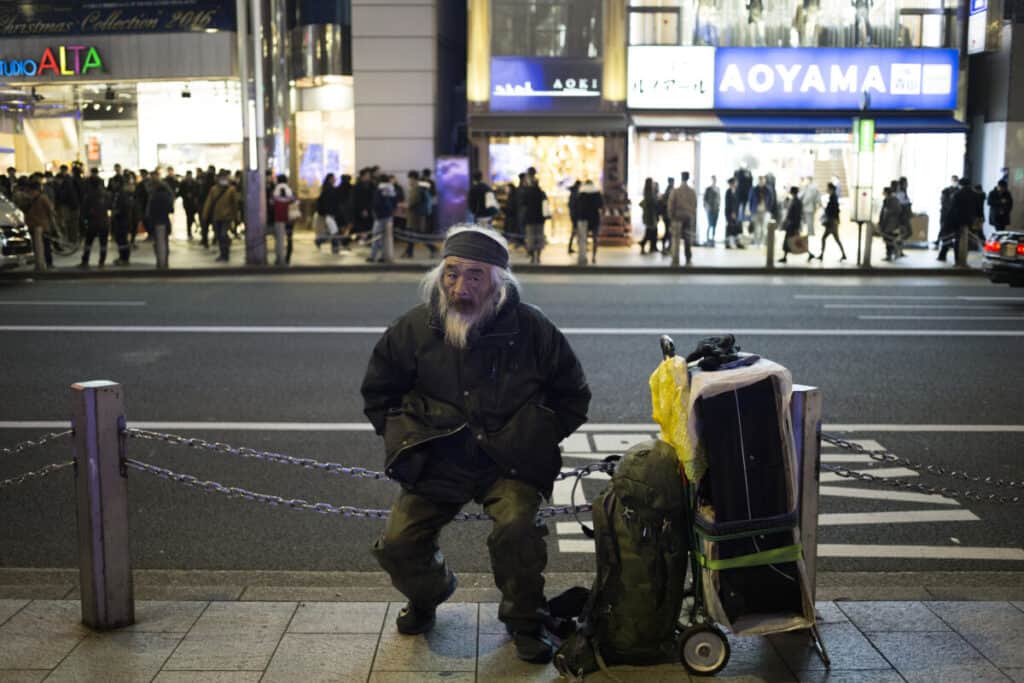
What Are the Statistics for Homelessness in Japan?
MHLW Homeless Counts from the peak record of homelessness in Japan in 2003 to the latest count in 2020:
| 2003 | 25,296 |
| 2007 | 18,564 |
| 2008 | 16,018 |
| 2009 | 15,759 |
| 2010 | 13,124 |
| 2011 | 10,890 |
| 2012 | 9,576 |
| 2013 | 8,265 |
| 2014 | 7,508 |
| 2015 | 6,541 |
| 2016 | 6,235 |
| 2017 | 5,534 |
| 2018 | 4,977 |
| 2019 | 4,555 |
| 2020 | 3,992 |
Which Groups in Japan Are Affected Most by Homelessness?
Studies have found that homelessness in Japan primarily affects middle-aged and elderly males.
The MHLW conducted a survey in 2003 which concluded that the number of homeless people in Japan at this time was 25,296 – of this number, middle-aged and elderly men with an average age of 57 years old, made up 95% of the homeless population.
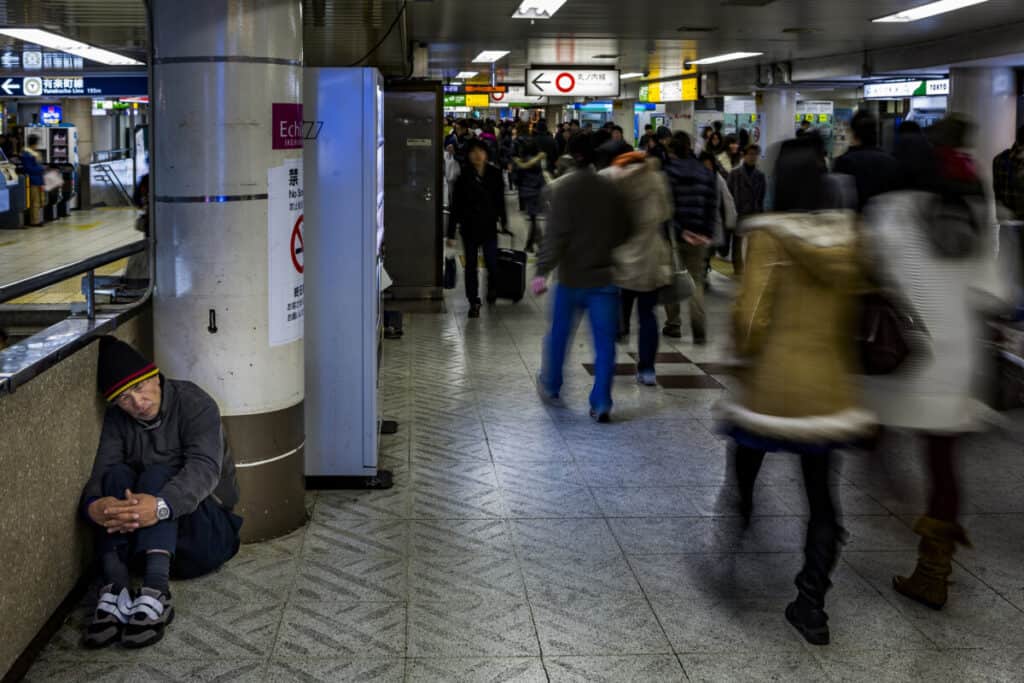
What Are the Reasons For High Rates of Homeless Men in Japan?
Reasons for high rates of homelessness in men are seen to be due to Japanese society, with men regarded as the sole provider for families and therefore Japanese companies preferring to hire married men who have more responsibility to earn for their families.
This means that unmarried and elderly men face difficulties in finding employment, leading to higher rates of homelessness than women.
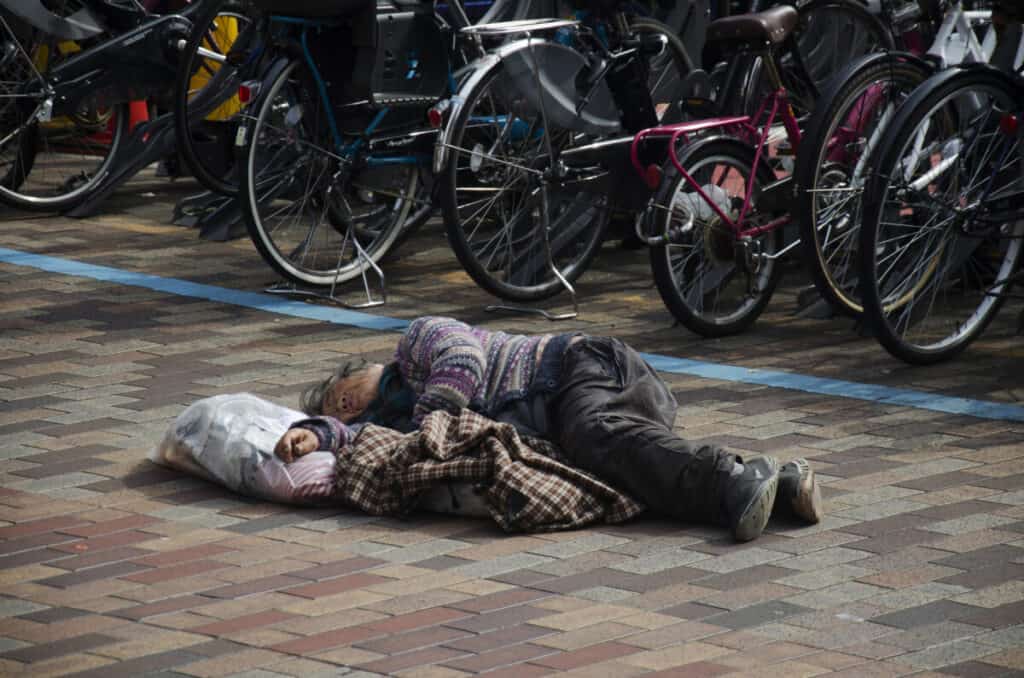
Which Groups in Japan Are Most Affected by Poverty?
A study by the Japanese government found that 1/3 of Japanese women aged 20-64 were living in poverty.
A UNICEF report in 2016 stated that Japan had some of the highest rates of child poverty, and in 2017 Health Ministry statistics claimed that 16% of Japanese children lived in poverty.
An estimated 3.5 million Japanese children are living in poverty, with only 200,000 receiving child support.
Does Japan Have A Higher Rate of Poverty and Homelessness Than Other Countries?
The Organization for Economic Co-operation and Development (OECD) reported that Japan suffers high rates of poverty and was the second-worst in poverty among the 38 OECD member nations in the mid-2000s.
Japan had a 15.7% poverty rate, above the average percent of other member states, and above countries with fewer resources and developments such as Poland, Slovenia, and the Slovak Republic.
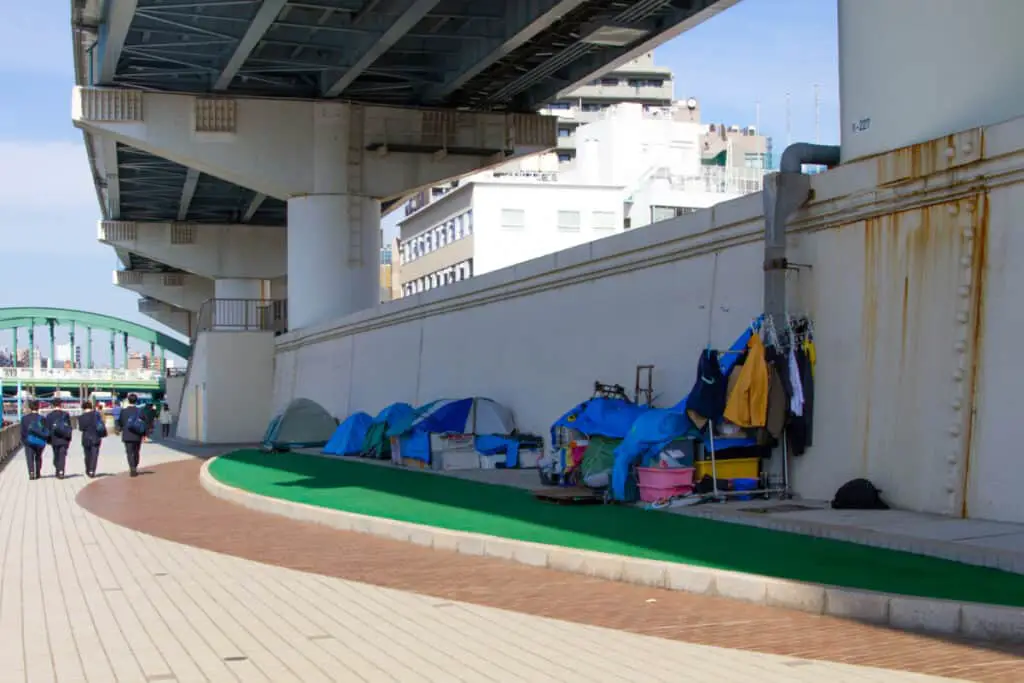
Is the Poverty Rate Rising in Japan?
The OECD also reported that the poverty rate is increased at an average rate of 1.3% in Japan since 1985, higher than the average 1.0% rate of other member nations.
In comparison, statistics for the USA demonstrated a 0.7% decrease in the poverty rate since 1985.
What Are the Causes for Homelessness and Poverty in Japan?
The collapse of the Japanese asset price bubble in 1992 caused a deterioration in the Japanese economy often referred to as the ‘Lost Decade’.
Part-time and temporary employment has also increased in Japan since the 1990s, with minimum wage insufficient to cover deposits or rent for accommodation.
This means that those without permanent or with unstable employment, known as the “working poor”, are unable to afford a minimum standard of living.
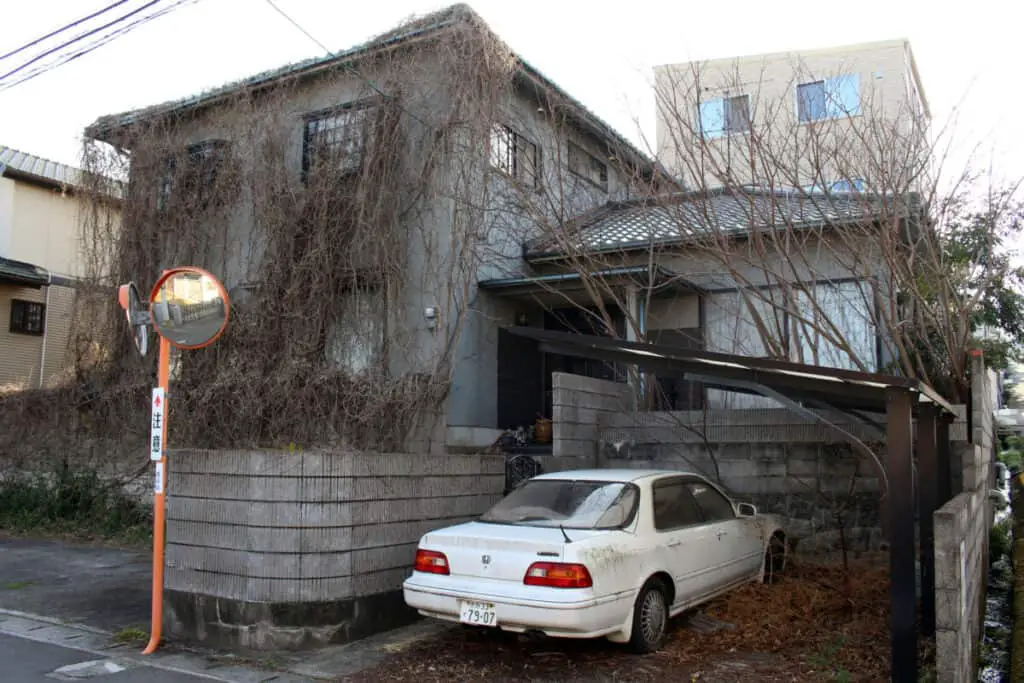
Where Do Homeless People Sleep in Japan?
Homeless people in Japan often stay overnight in public areas such as internet cafes or 24-hour shops – between June and July 2007 the MHLW claimed the number of people to be 5,400.
There are also ‘homeless villages’ in Japan such as Hakenmura, known as the temporary worker’s village. Many people who live in these areas are day laborers and irregular workers, who do not have a steady income.
Has Poverty Led to Starvation in Japan?
A shocking case of poverty leading to starvation in Japan occurred in February 2012. A family of three, an elderly couple, and their 39-year-old son died due to starvation in the populous city of Saitama near Tokyo.
Unable to afford to pay the rent or heating, the electricity had been cut off and the family suffered from hypothermia and starvation, ultimately leading to their deaths.
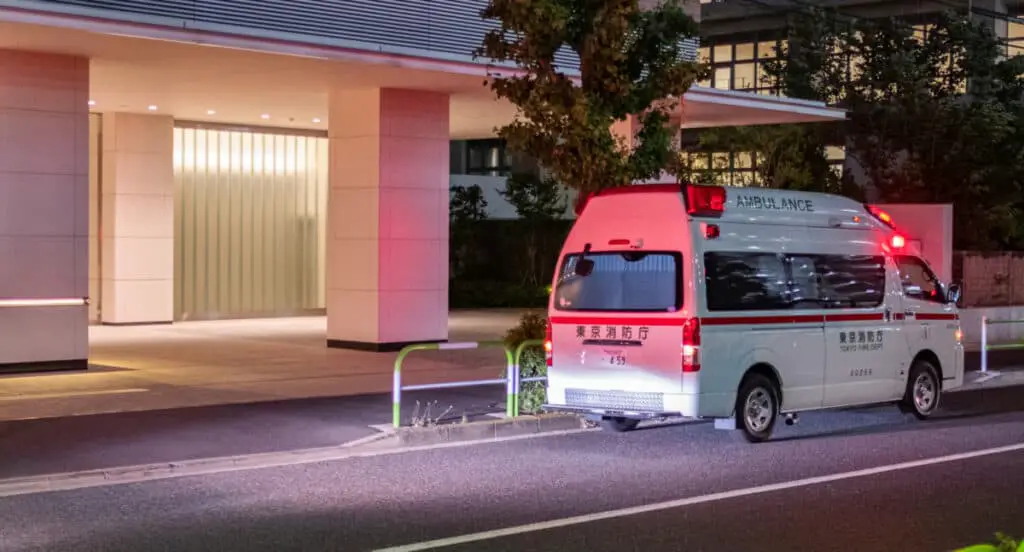
What Aid is There for Homeless People in Japan?
It was in 1997 that in Tokyo, the existence of homeless group representatives was first acknowledged, and the government began to listen to these issues.
Help The Homeless In Tokyo Via Moyai
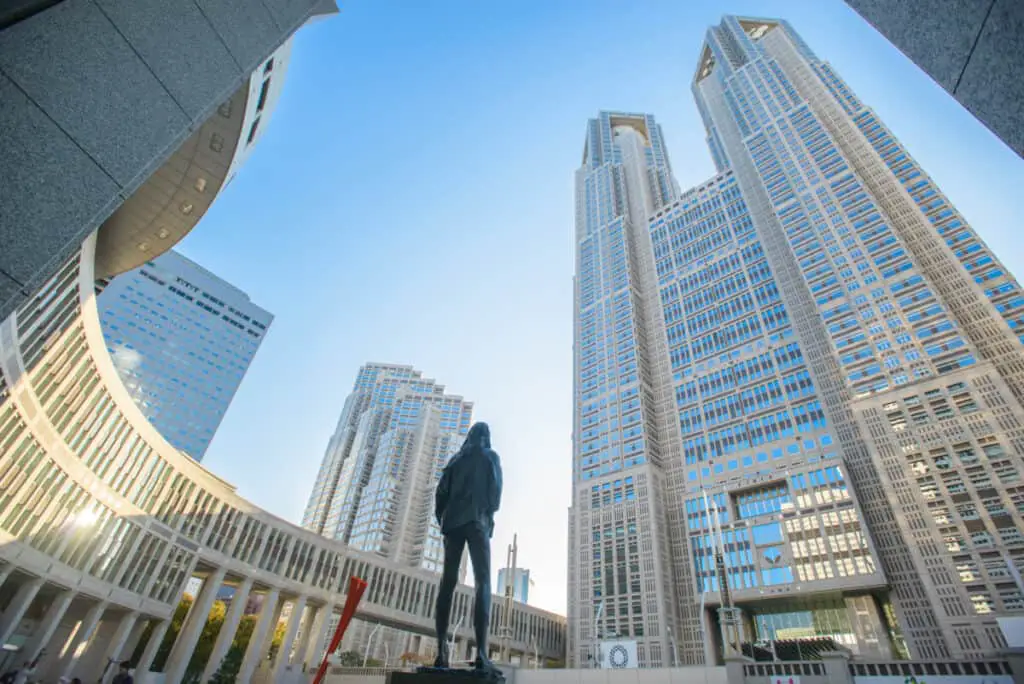
The “Special Act in regards to Supporting the Autonomy of the Homeless Population” was enacted in August 2002 to reduce obstacles for homeless people trying to get support from the government.










